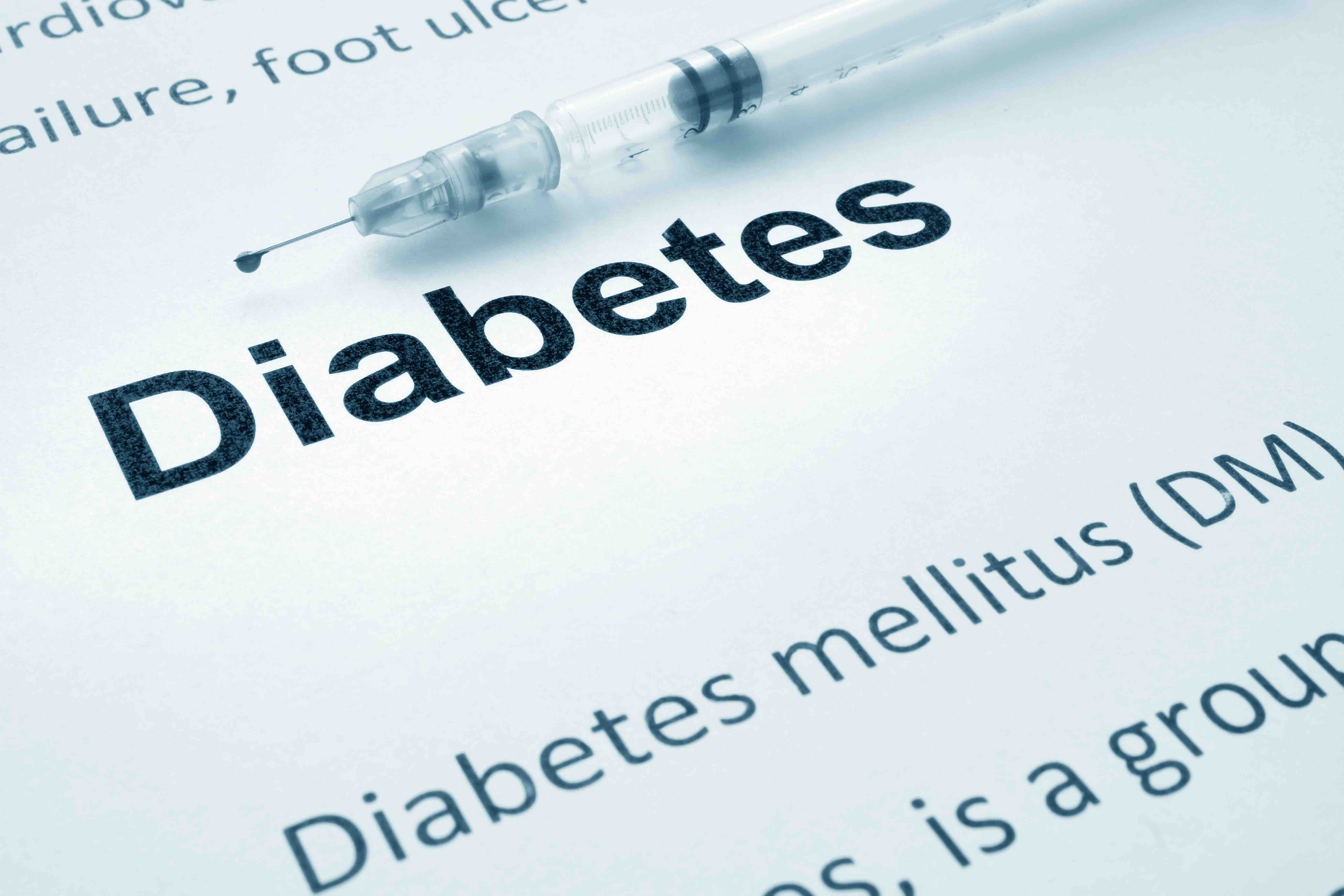Article
Humana Reports "Bold Goal" Effort Makes Headway Linking Local Resources to Overall Health
Author(s):
The initiative includes targeted efforts in 7 cities to reduce the number of "unhealthy days," a metric devised by CDC to gauge physical and mental well-being.
The term “population health” is still relatively new in the United States, but it generally refers to measuring the health outcomes of an entire group under the care of health system, accounting for all the factors that feed into their well-being—those inside the doctor’s office or hospital, as well as those beyond.
The health insurer Humana approached population health in a new way in 2015 when it launched the Bold Goal initiative, which seeks to make the population it serves 20% healthier by 2020. This week, Humana announced it’s making progress, as defined with the CDC survey tool “Healthy Days,” which measures the number of unhealthy days a person has in a 30-day period, based on both mental and physical health.
Overall, Humana found a 2% improvement among members for healthy days, with 6 of 7 “Bold Goal” communities seeing improvements of 3%. Bold Goal communities are metropolitan areas where Humana has coordinated with local supermarkets, transportation providers, and other community providers to meet deal with those things outside the health system that affect outcomes—like not having the right food, being lonely, or needing behavioral healthcare.
Humana’s Chief Medical Officer Roy Beveridge, MD, said the approach is a far cry from his medical school days when “treating” a patient newly diagnosed with diabetes meant prescribing insulin—and nothing else. “When you think about what we understand about diabetes now, we need to treat the patient and the entire family,” Beveridge said.
Educating the patient means making sure he or she understands that losing 10% of body weight could mean that insulin is no longer necessary, he said. Educating the family means telling whoever controls the meals and the shopping that “meatballs every Sunday,” as Beveridge put it, isn’t good for a person trying to meet that 10% goal.
Addressing Social Determinants of Health
According to Beveridge, things like food insecurity and social and behavioral needs are crucial to healthcare costs, and these problems hit harder on those at the lower end of the socioeconomic scale. Addressing them isn’t “soft,” he said—it’s good for the bottom line.
“When you measure these things, when you look at patients with diabetes, any behavioral health issue leads to a 4 times greater per-patient per-month cost,” Beveridge said.
In fact, he said, the social determinant of health that is most strongly connected to cost is isolation. “It could be an early sign of dementia. It could be a sign the person has 5 diseases and cannot leave the house.”
Beveridge starts the discussion of the social determinants of health with this: “Remember that stories are important.” A complex health problem is not the result of a single factor, but a constellation of them, and “so many of these things are intertwined with poverty, with behavioral health issues, with other things which are not classically seen as medical issues.”
His words come as other research shows the price of a failing to invest in the social and behavioral side of healthcare. Today, Princeton University economists Anne Case, PhD, and Angus Deaton, PhD, issued a follow-up report to their groundbreaking 2015 study that found rising rates of mortality and morbidity among low-income, low-education whites. Writing for the Brookings Institution, they reported, “The story is rooted in the labor market, but involves many aspects of life, including health in childhood, marriage, child rearing, and religion.”
Investing in Communities for the Long Haul
In its Bold Goal communities, Humana has created community partnerships that are guided by clinical “town halls” and local health advisory boards. These are not short-term ventures, and Beveridge said he’s had to overcome some skepticism. One gentleman at an early meeting wagged his finger at Beveridge and said he’d never see the doctor again; now, Beveridge said, he enjoys seeing the resident and wagging his finger back.
Does this investment make good business sense?
“The majority of our Medicare Advantage patients stay with us more than 7 years,” Beveridge said. If a person enrolls in a Humana Medicare Advantage program with high-risk clinical indicators, “This is the perfect time to invest in people early.”
Some examples from Bold Goal cities:
- San Antonio, Texas, saw a 9% drop in the number of unhealthy days; the city tried a telepsychiatry pilot program and asked primary care practices to screen for food insecurity.
- In Florida, Tampa Bay primary care physicians also screened for food insecurity.
- Partnerships in Louisville, Kentucky, where Humana is based, addressed respiratory illnesses, depression, and behavioral health, including the Bold Moves Against Suicide Summit that attracted 200 stakeholders.
Beveridge said an eighth city will join the Bold Goal initiative shortly, and 3 more will join before the end of 2017. He was careful to point out that Bold Goals works best where the buy-in is greatest from the partners—the mayor, the local grocery stores, the YMCA, the emergency medical services, and more.
“It’s a true community effort,” he said. “This is not Humana doing it; it is Humana bringing people together.”





